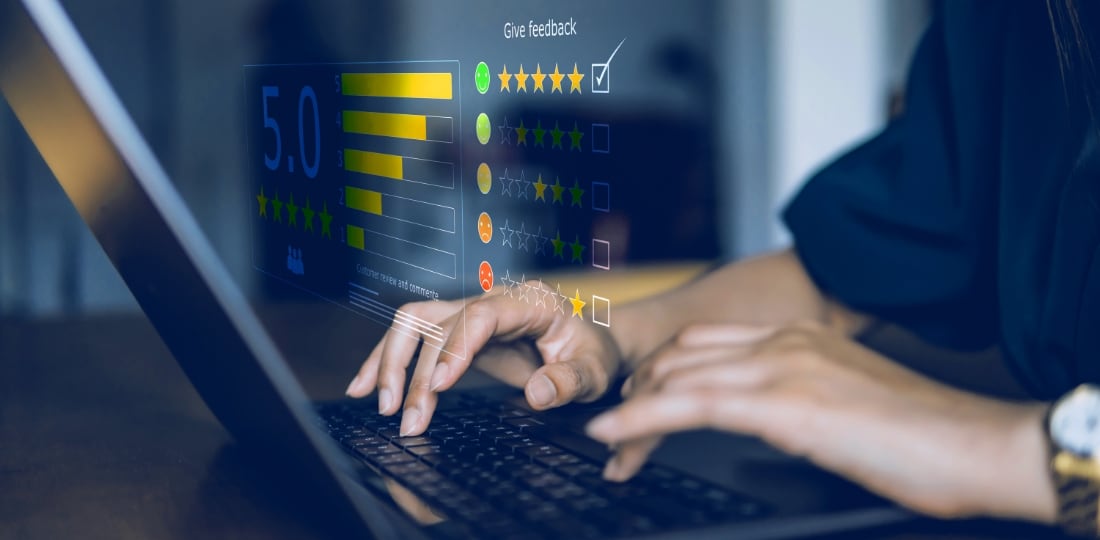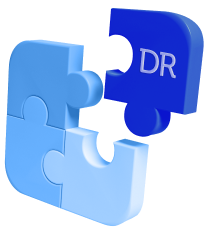As the SaaS market continues to grow, SaaS vendors face increased competition and must find better ways to increase revenue, attract and retain customers, and demonstrate their value. Here are 3 reasons why usage-based pricing for SaaS is the answer.
The SaaS business model has undoubtedly been a roaring success. Just look at the numbers: the global SaaS market is expected to grow 13.4% this year to $240 billion. And the average organization increased the number of SaaS apps they use by 38% last year, from 80 in 2020 to 110 in 2021, according to a BetterCloud survey.
With all this growth, what could go wrong? One big problem that many SaaS vendors are zooming in on is pricing. SaaS subscription pricing is often based on metrics such as user seats, company size, functionality, and services provided. According to OpenView, these metrics often don’t match the reality of software use today.
If you’re offering software based on the number of seats, for example, this business model falls apart when you consider software automation – which requires fewer or no users to operate. The same goes for AI and APIs, which also provide value that is not based on the number of users.
An additional problem for SaaS vendors is demonstrating the value of the software they provide. According to BetterCloud’s survey of IT professionals, 42% of respondents said that finding unused or underutilized SaaS app licenses was one of their most crucial challenges to solve. Nearly a third said that 20% to 39% of their SaaS spending is wasted.
The pivot to usage-based pricing for SaaS
To address the above concerns, SaaS vendors are turning to a usage-based pricing model, where customers pay for how they use a service. This business model can come in a few different formats, such as charging on a pay-as-you go basis, charging based on a commitment to a certain volume, or a hybrid of the two.
Companies can also offer usage-based subscription tiers, in which subscriptions include a combination of software usage, functionality and services.
According a 2021 OpenView survey, 45% of SaaS companies say they offer usage-based pricing, up from 34% the year before. And 24% of companies with usage-based pricing implemented it in the last 12 months.
So why are SaaS companies embracing usage-based pricing? Here are the three top reasons.
3 reasons to offer usage-based pricing


1. SaaS companies with usage-based pricing grow faster.
When OpenView studied the year-over-year revenue growth of public SaaS companies, it found that SaaS companies with usage-based pricing grew 38% more than those without it. We’ll get into some of the reasons for that growth in points 1 and 2.
OpenView also found that SaaS companies offering usage-based pricing had better net dollar retention (NDR). NDR is a revenue growth and valuation metric, accounting for changes in customer upgrades, downgrades and churn. An NDR greater than 100% shows that growth from your existing customer base offsets any losses.
Public SaaS companies offering usage-based pricing had a 9% higher NDR than those without it. Usage-based pricing frontrunners like Snowflake had a 158% net dollar retention, while SaaS companies JFrog, Fastly, Elastic and Datadog all had more than 130% NDR.
2. Usage-based pricing makes it easier to attract new customers.

Software selection at companies is becoming less and less a top-down process. Instead, end users often find the software they want, try it for free or at a low cost, then recommend it to their boss. Usage-based pricing fits perfectly into this trend.
Customers can start using the software at a low cost, minimizing friction in the organization. Since there are no limits on the number of seats, more users can try the software, increasing adoption of the software across the company. IT teams pay only for how the software is used, and SaaS vendors can offer new features or pricing plans based on actual usage.
According to OpenView, usage-based software companies often have ten times the number of users in an account compared to similar seat-based subscriptions in other companies.


3. Usage-based pricing demonstrates value and retains customers.

For SaaS companies, usage-based pricing fundamentally changes the sales cycle and how products are developed. Instead of driving growth only through sales and marketing, SaaS companies with usage-based pricing grow by customers using their products.
This product-led growth is effective because customers continuously experience the real value that the software delivers, which reduces churn. And if customers use your software less, or need to scale down, they don’t need to cancel a subscription. Your services are ready to scale up when needed.
With usage-based pricing, you also get in-depth insights into how customers use your software. This enables you to develop new services based on actual usage and offer upsells at exactly the right time.
DigitalRoute’s solution for usage-based pricing
With this data, SaaS companies can confidently launch new business models, accurately bill for services, and improve customer experiences. Want to learn how we can help a CRM vendor move to usage-based pricing?
Want record-breaking growth?


